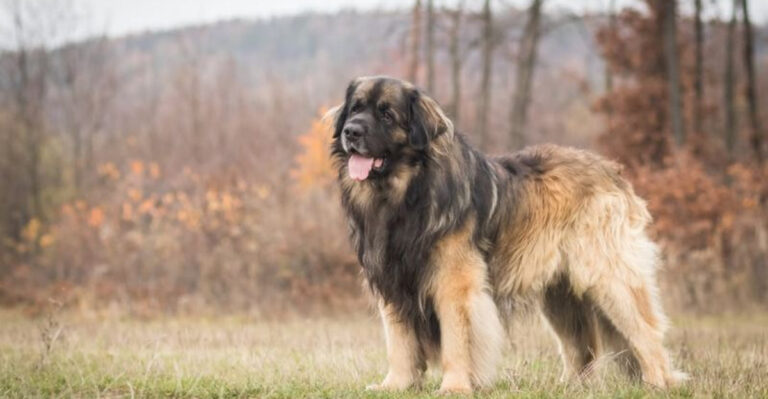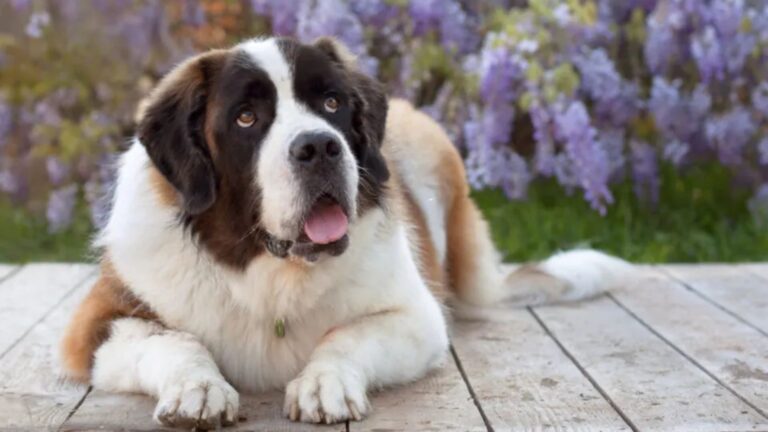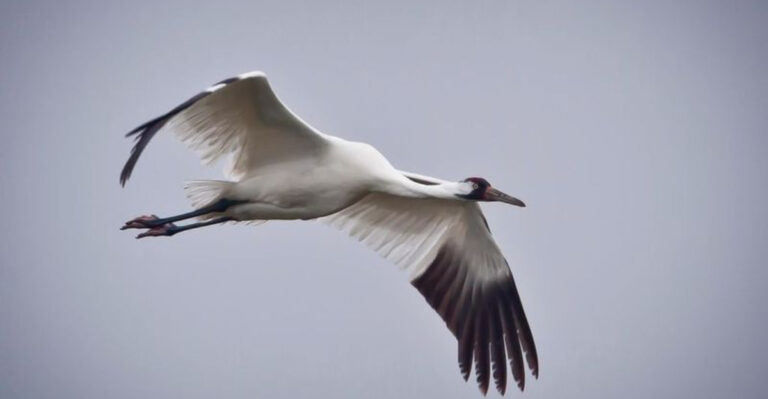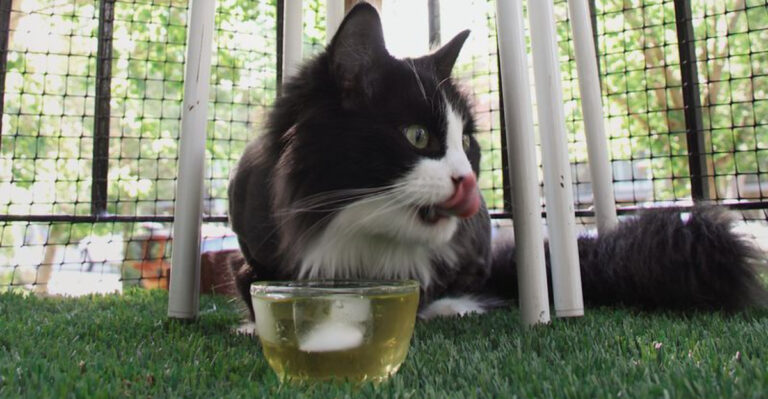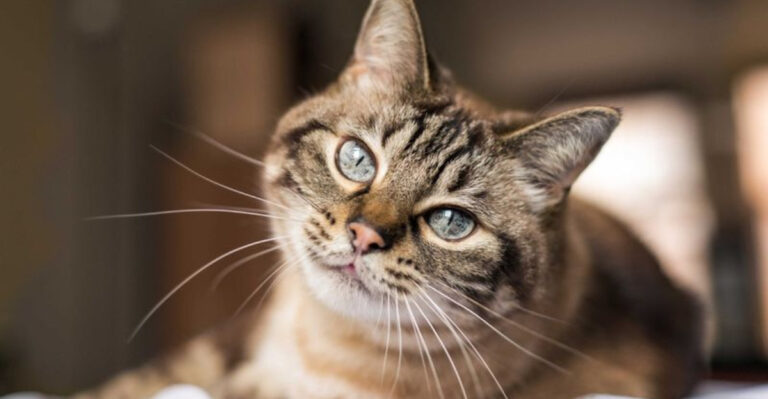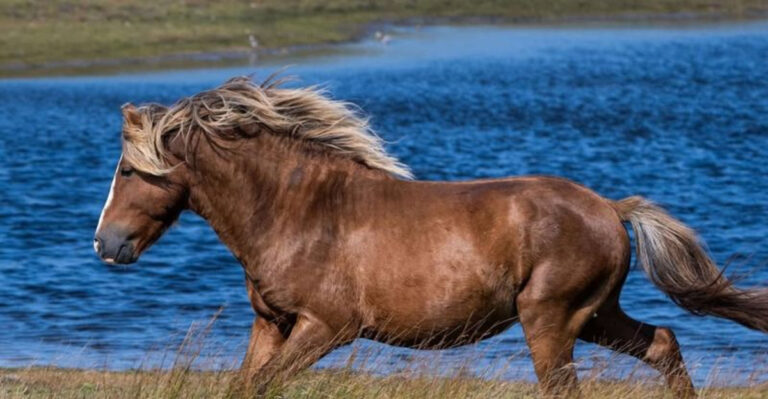14 Dog Breeds That Usually Don’t Like Cats
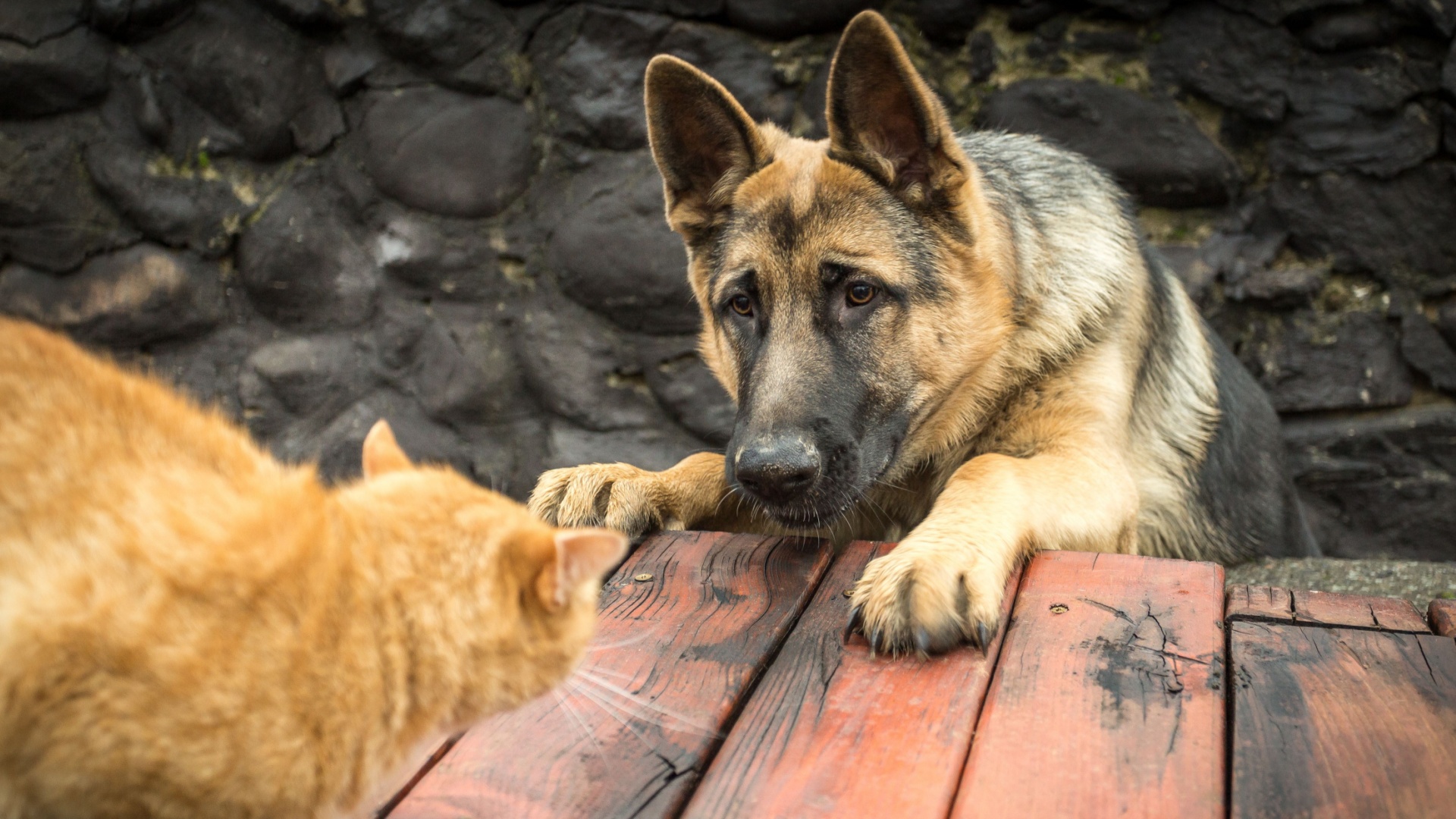
When it comes to the classic rivalry between dogs and cats, not all pooches are equal. Some breeds have a reputation for being less than fond of their feline counterparts.
While each dog is an individual, and with the right training and socialization, any dog can learn to coexist peacefully with cats, there are certain breeds that are notorious for their cat-chasing tendencies.
Whether driven by a strong prey drive or a protective nature, these dogs may find it hard to resist the urge to chase that fluffy tail. Take look at dog breeds that usually don’t play nice with cats.
1. Alaskan Malamute
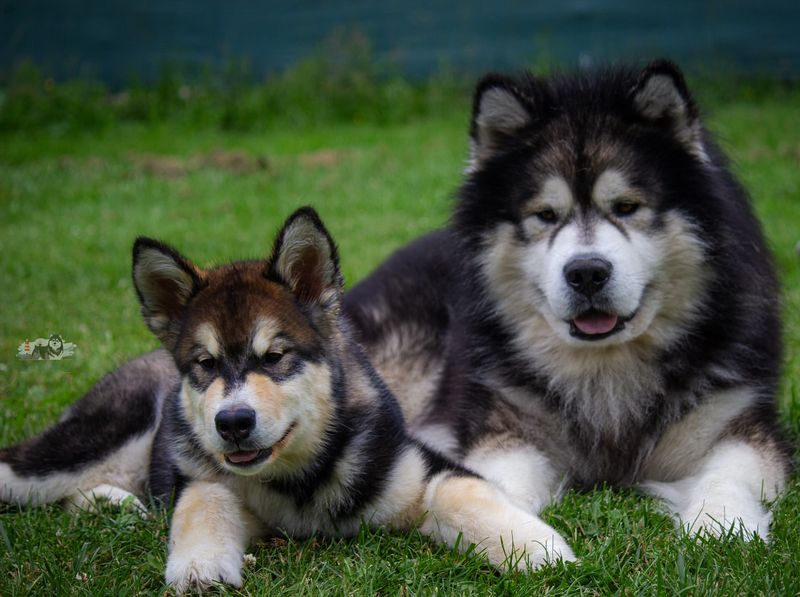
Alaskan Malamutes are known for their majestic looks and strong build, resembling their wolf ancestors. Yet, beneath that handsome exterior lies an innate prey drive that makes them less compatible with furry felines. Their strong instincts to chase and hunt can be overwhelming for any cat unlucky enough to cross their path.
Their history as sled dogs, bred to work in harsh, icy environments, means Malamutes are high-energy dogs that thrive on activity and adventure. While they are loyal and affectionate companions for humans, their relationship with cats can be less than harmonious.
Training and early socialization can help curb some of these instincts, but it requires patience and consistency. Malamutes are not impossible to train to live with cats, but it’s a task that should be approached with caution and understanding.
Ultimately, the key is to channel their energy and instincts into more appropriate activities, ensuring a peaceful coexistence.
2. Siberian Husky
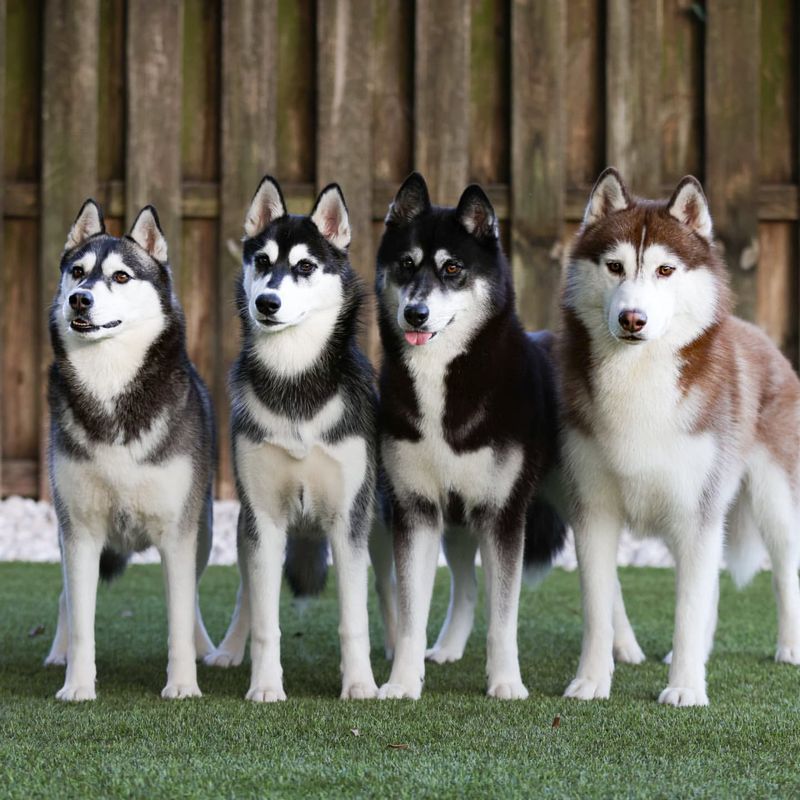
With their iconic blue eyes and striking appearance, Siberian Huskies are often loved for their playful and friendly nature. However, their history as sled dogs means they carry a strong prey drive, making them less than ideal housemates for cats. Huskies have been known to chase anything that moves, including feline friends.
Their love for running and exploring can lead to less than desirable interactions with cats, who may find themselves on the wrong end of a game of chase. Huskies are not typically aggressive, but their enthusiasm can be overwhelming for smaller animals. For potential pet owners hoping for a peaceful home, training is essential.
Early socialization, consistent training, and never leaving them unsupervised with cats can help mitigate potential issues. But for many Huskies, the urge to chase can be hard to suppress.
3. Greyhound
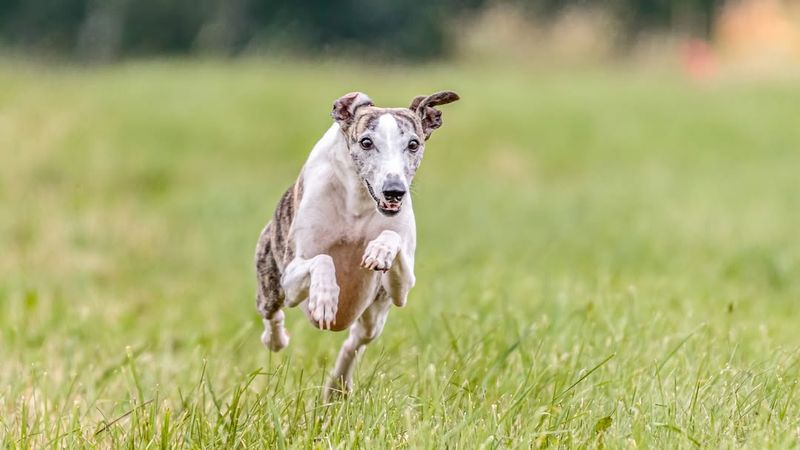
Greyhounds are famous for their incredible speed and gentle nature, making them popular pets for those who appreciate their athletic prowess. However, their past as racing dogs stirs a strong prey drive, often putting them at odds with cats.
These sleek speedsters can easily be enticed into a chase by a darting cat, mistaking the feline for the lure they’ve been trained to pursue. Despite their laid-back demeanor at home, their instincts are never far from the surface. Introducing a Greyhound to a cat should be done cautiously.
Proper introductions, patience, and supervision are crucial. While some Greyhounds can learn to live peacefully alongside cats, many will always view them as something to chase. Understanding and respecting their instincts is key to ensuring harmony.
4. Jack Russell Terrier
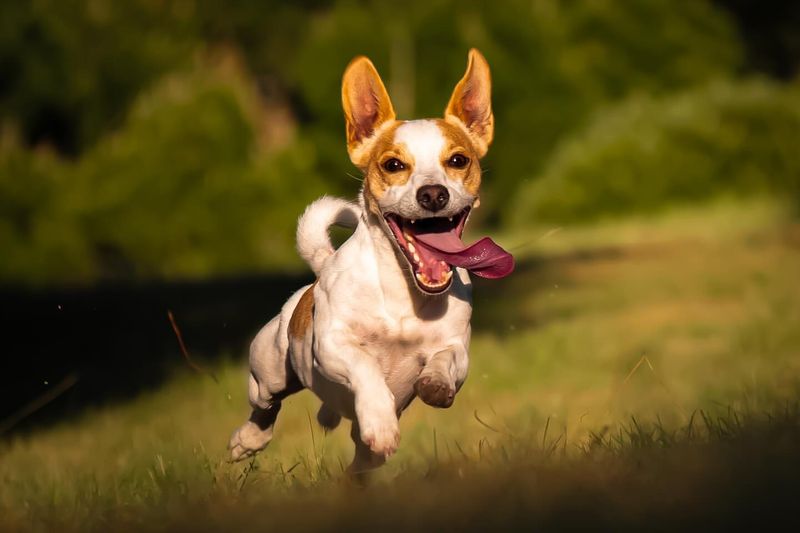
If there’s one thing Jack Russell Terriers are known for, it’s their boundless energy and tenacity. These small but mighty dogs have a zest for life, often expressed through their instinctual drive to hunt and chase. This can spell trouble for any cats they encounter.
Bred for fox hunting, Jack Russells are adept at pursuing small creatures, including household felines. Their energetic, playful nature can quickly turn a friendly interaction into a game of pursuit that a cat might not appreciate.
To foster a peaceful household, early socialization and training are vital. Channeling their energy into constructive activities can help reduce their desire to chase. However, supervision and caution are always advised, as their instincts can often overshadow their training.
5. Weimaraner
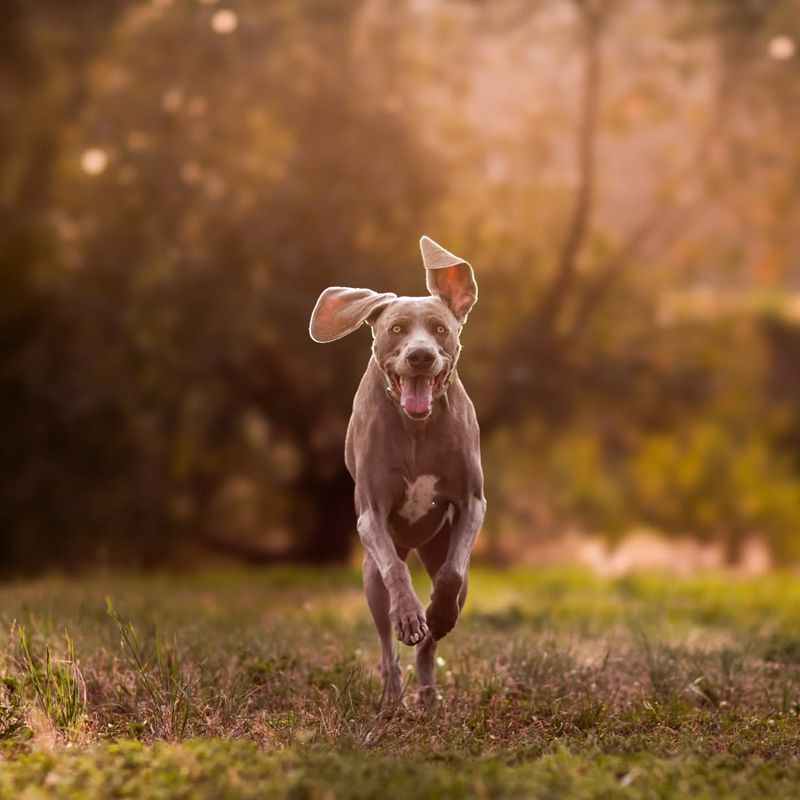
The Weimaraner, often called the “Gray Ghost,” is renowned for its sleek appearance and hunting prowess. With origins as a hunting companion, these dogs have a strong prey drive that’s not always conducive to a cat-friendly home.
Weimaraners are intelligent and energetic, traits that serve them well in the field but can lead to mischief in a home with cats. Their natural instincts may cause them to see cats as potential prey, leading to a tense household dynamic. Training and socialization are crucial for those wishing to integrate a Weimaraner with cats.
Patience and understanding of their hunting instincts are key, along with providing plenty of mental and physical stimulation to divert their energies.
6. German Shepherd
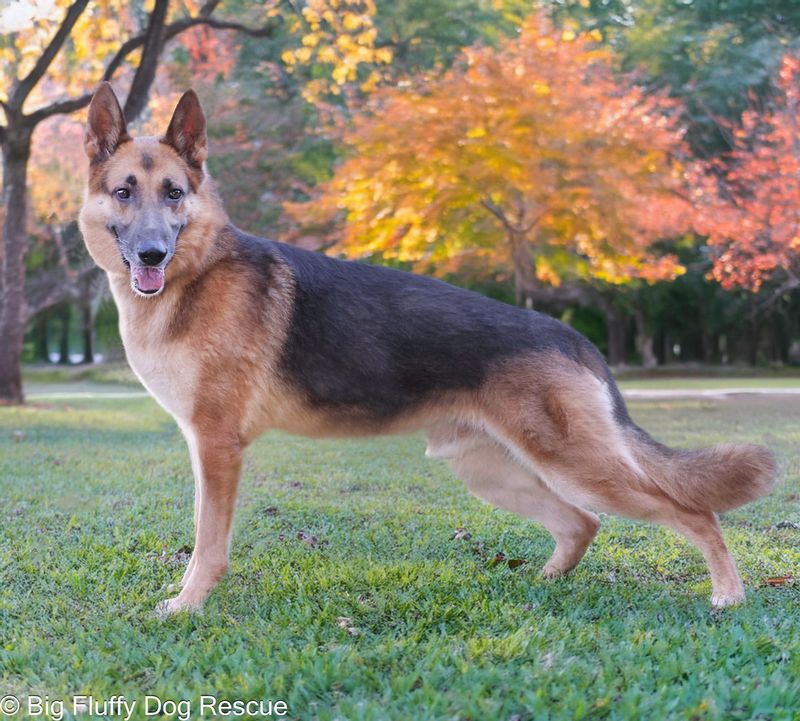
German Shepherds are celebrated for their intelligence, loyalty, and versatility, often seen working alongside humans in various roles. However, their strong protective instincts can make them wary of cats, sometimes viewing them as intruders.
These dogs are naturally defensive and might interpret a cat’s stealthy movements as a threat, leading to a chase. While they’re not inherently hostile towards cats, their drive to protect their home can lead to conflicts. Introducing a German Shepherd to cats requires careful supervision and training.
Creating positive associations and ensuring the dog understands the cat is part of the family are essential steps. With time and patience, some German Shepherds can learn to coexist peacefully with feline housemates.
7. Dachshund

Affectionately known as “wiener dogs,” Dachshunds are small but spirited companions with a penchant for mischief. Their history as badger hunters gives them a strong prey drive, which can extend to the family cat.
These long-bodied dogs are bold and fearless, traits that serve them well in the field but can lead to a chase when a cat is involved. Their tenacity and curiosity might encourage them to pursue a cat, turning a peaceful home into a battleground. Socialization and training can help, but Dachshunds may always have a lingering interest in chasing cats.
Providing them with plenty of play and mental stimulation can redirect their instincts, but always with caution and supervision.
8. Border Collie
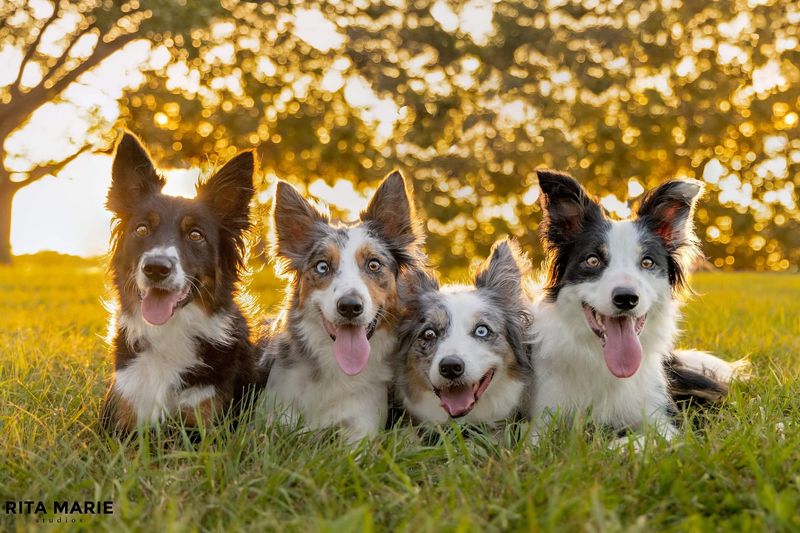
Border Collies are renowned for their intelligence and herding abilities, making them one of the most trainable breeds. However, their herding instincts can translate into a desire to chase and corral anything that moves, including cats. These agile and energetic dogs may see a cat as something to herd or chase, leading to stressful encounters.
While not aggressive, their intense focus and drive can be overwhelming for a feline housemate. Proper training and supervision are crucial when introducing a Border Collie to a cat.
Redirecting their herding instincts into appropriate activities can help, but their natural tendencies may always present a challenge in a multi-pet household.
9. Doberman Pinscher
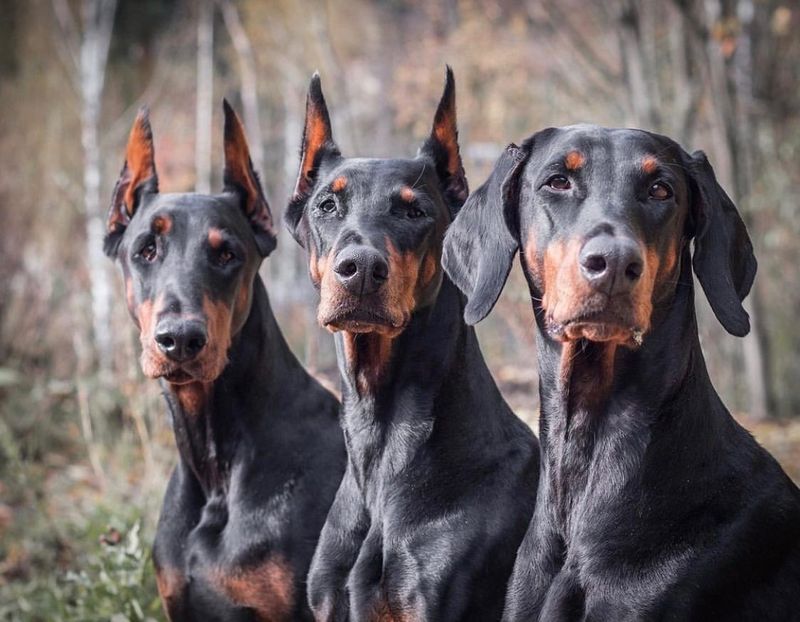
Doberman Pinschers are known for their loyalty and protective nature, traits that make them excellent guard dogs. However, this same protectiveness can extend to viewing cats as potential threats, leading to friction in a shared home.
These intelligent dogs are quick to respond to perceived dangers, and a cat’s sudden movement might trigger their instincts to chase. While not inherently aggressive towards cats, their powerful build and keen senses can lead to accidents.
With proper training and socialization, Dobermans can learn to live with cats, but it’s a process that requires commitment. Establishing clear boundaries and consistent rules will help foster a peaceful coexistence.
10. Airedale Terrier

Often called the “King of Terriers,” Airedale Terriers are known for their intelligence and independence. These traits, coupled with a strong prey drive, can make them challenging companions for cats.
Bred for hunting and working, Airedales may see cats as prey or something to chase, leading to a less than harmonious household. Their curious and energetic nature can turn a simple interaction into a high-speed pursuit. Socialization and training are essential for mitigating these instincts.
Channeling their energy into positive outlets and ensuring they have plenty of mental stimulation can help, but supervision is always recommended when they share a home with cats.
11. Beagle

Beagles are known for their exceptional sense of smell and friendly demeanor, often making them popular family pets. However, their hunting background means they have a strong prey drive that can put them at odds with cats.
These dogs are naturally curious and love to explore, often using their noses to lead them into trouble. A cat’s quick movements can easily trigger their instinct to chase, turning a peaceful moment into chaos.
Training and socialization from a young age are crucial for Beagles in a multi-pet household. Teaching them boundaries and providing plenty of mental and physical stimulation can help reduce their desire to chase cats, but their instincts may always linger.
12. Borzoi
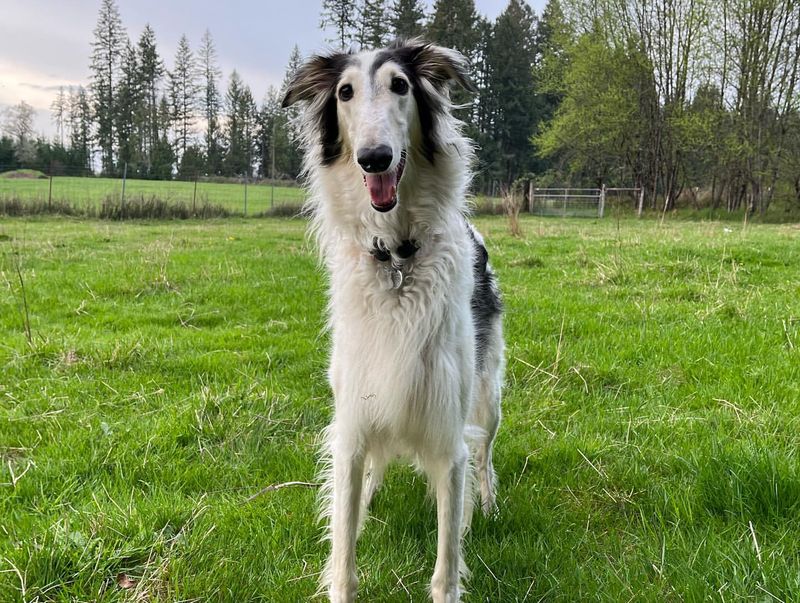
Borzoi, known for their grace and elegance, carry a hunting heritage that makes them less compatible with cats. These sighthounds were bred to hunt by sight, and a darting cat can quickly draw their attention.
While Borzois are often gentle and affectionate with humans, their instinct to chase is deeply ingrained. This can lead to tense situations in a home with cats, who may find themselves the unintentional target of a chase. Introducing a Borzoi to cats should be done with caution.
Training can help, but supervision is always necessary. Redirecting their chase instincts into activities like lure coursing can provide an outlet, but the natural drive may always be present.
13. Rhodesian Ridgeback

With their distinctive ridge of hair along their back, Rhodesian Ridgebacks are known for their strength and independence. These dogs were originally bred to hunt lions, and their courage and prey drive can make them less than ideal companions for cats.
Their strong instincts can lead to a chase if a cat catches their eye. While Ridgebacks are not naturally aggressive, their size and strength can lead to accidents in a multi-pet household. Training and early socialization are critical for integrating a Ridgeback with cats.
Providing them with plenty of exercise and mental challenges can help, but their natural instincts may require ongoing management to ensure harmony.
14. Scottish Terrier
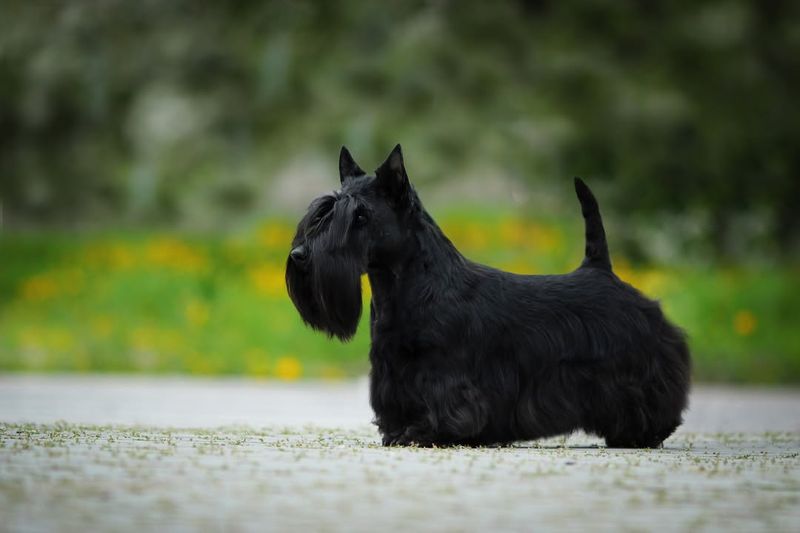
Scottish Terriers, affectionately known as Scotties, are small but feisty dogs with a strong sense of independence. Their hunting background gives them a tenacious prey drive, potentially putting them at odds with cats.
These dogs are known for their bold personalities and can be quite assertive, traits that might lead them to chase a cat perceived as prey. While they make loyal companions, their interactions with cats can be unpredictable. To create a peaceful home environment, early training and socialization are essential.
Teaching a Scottie to respect boundaries and redirecting their energy into constructive activities can help mitigate their chasing instincts, but supervision is always advised.

